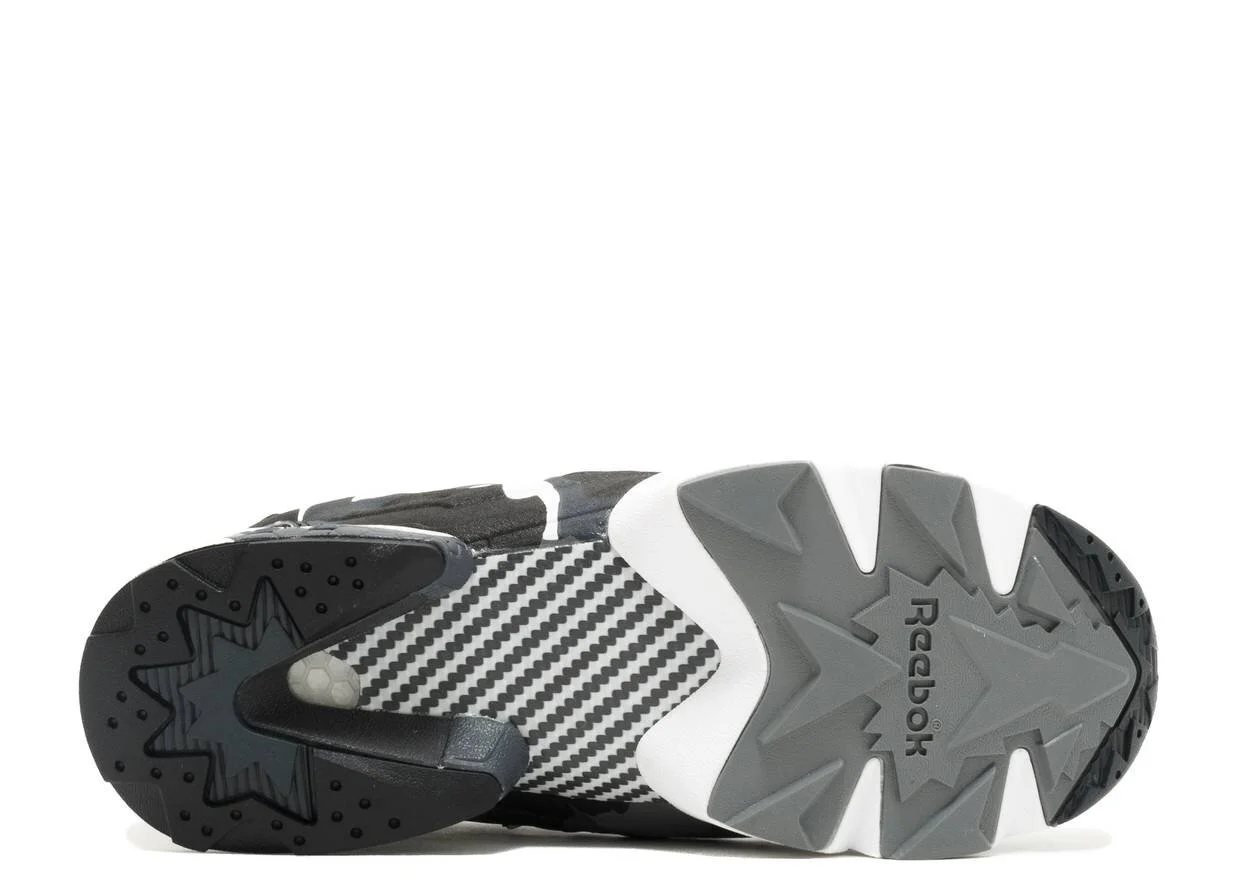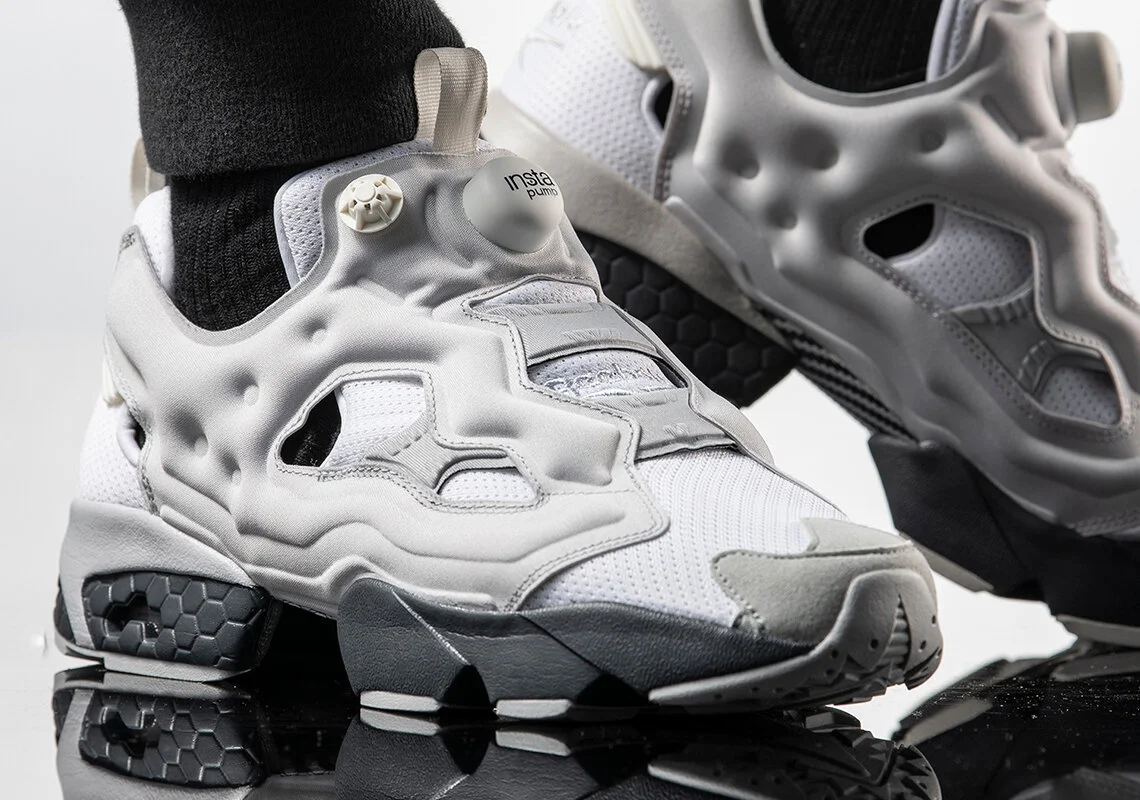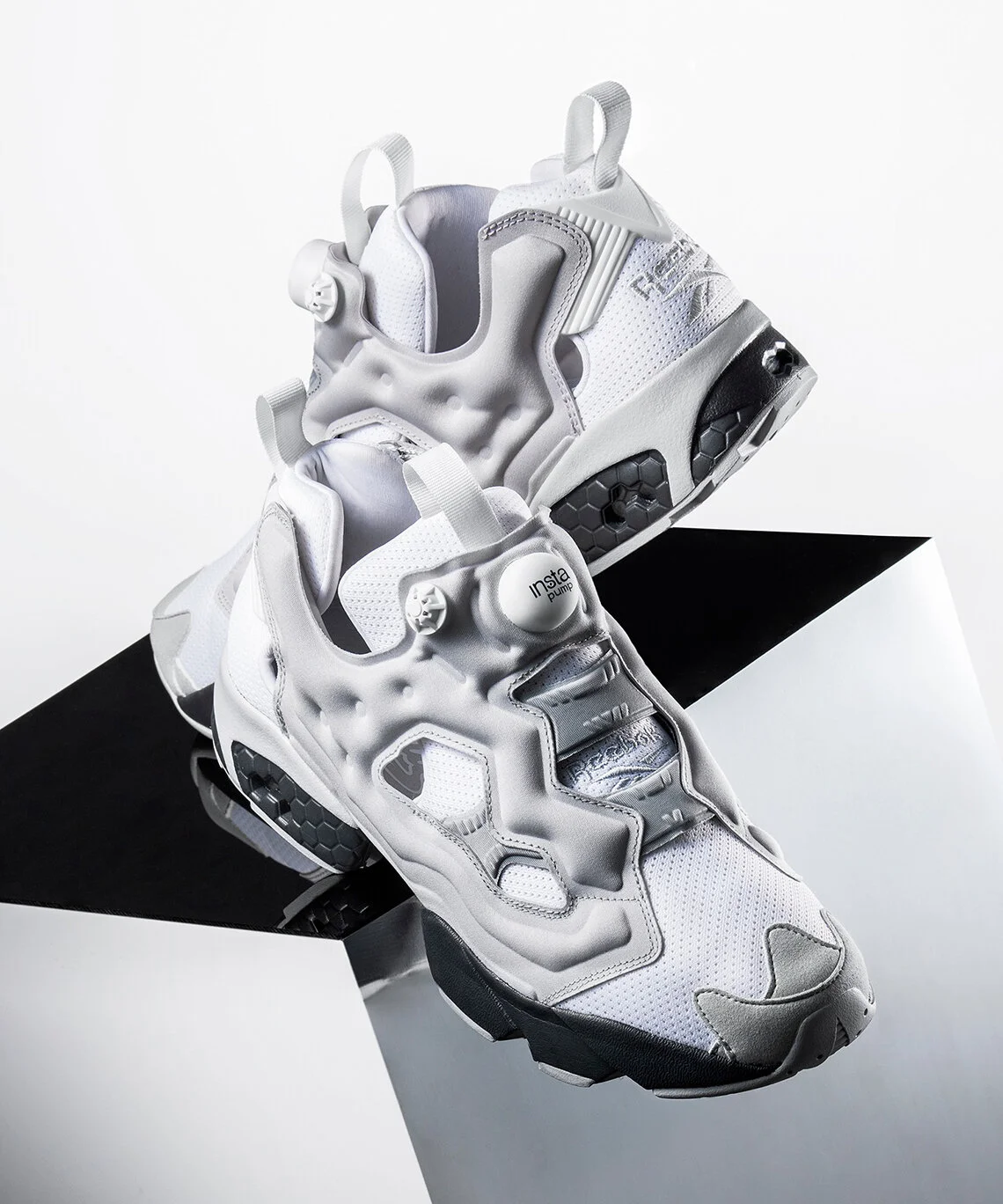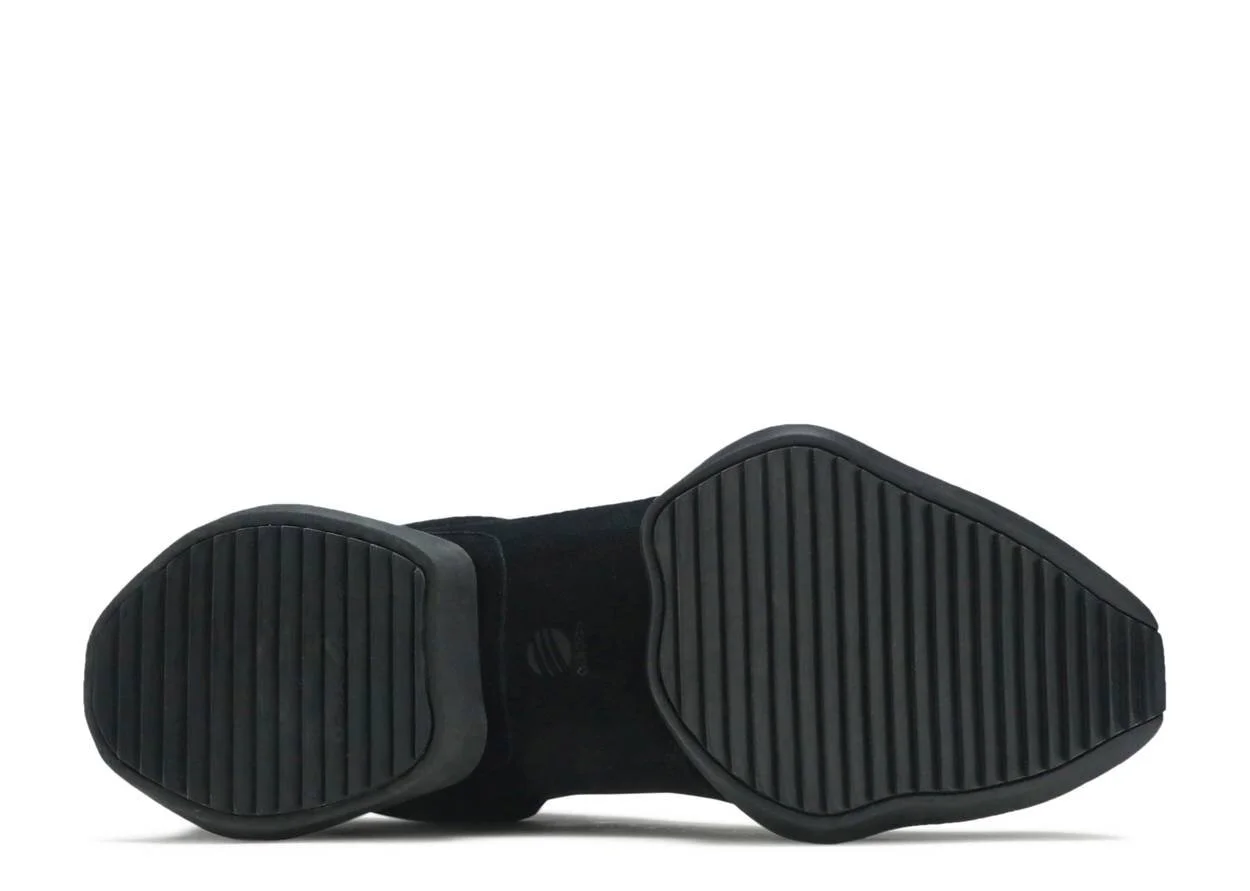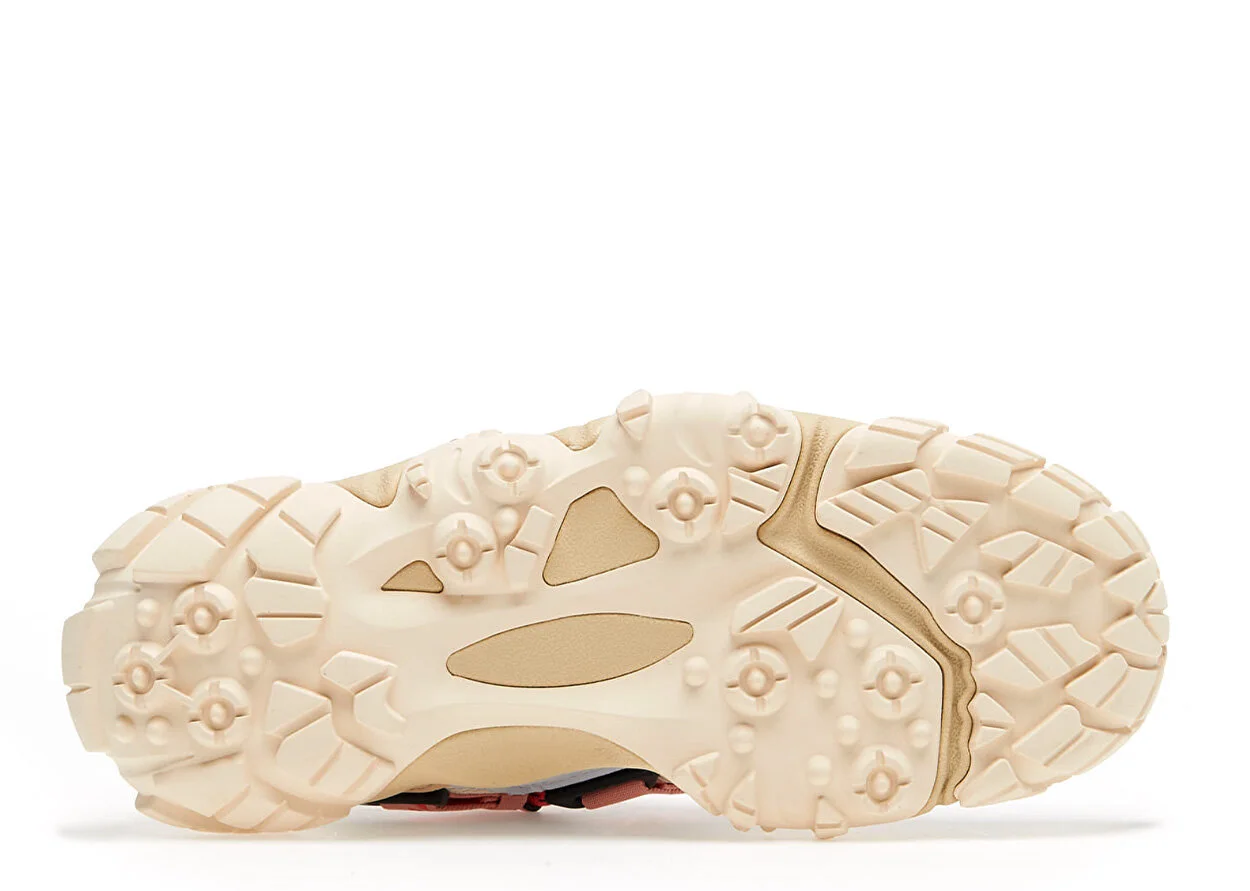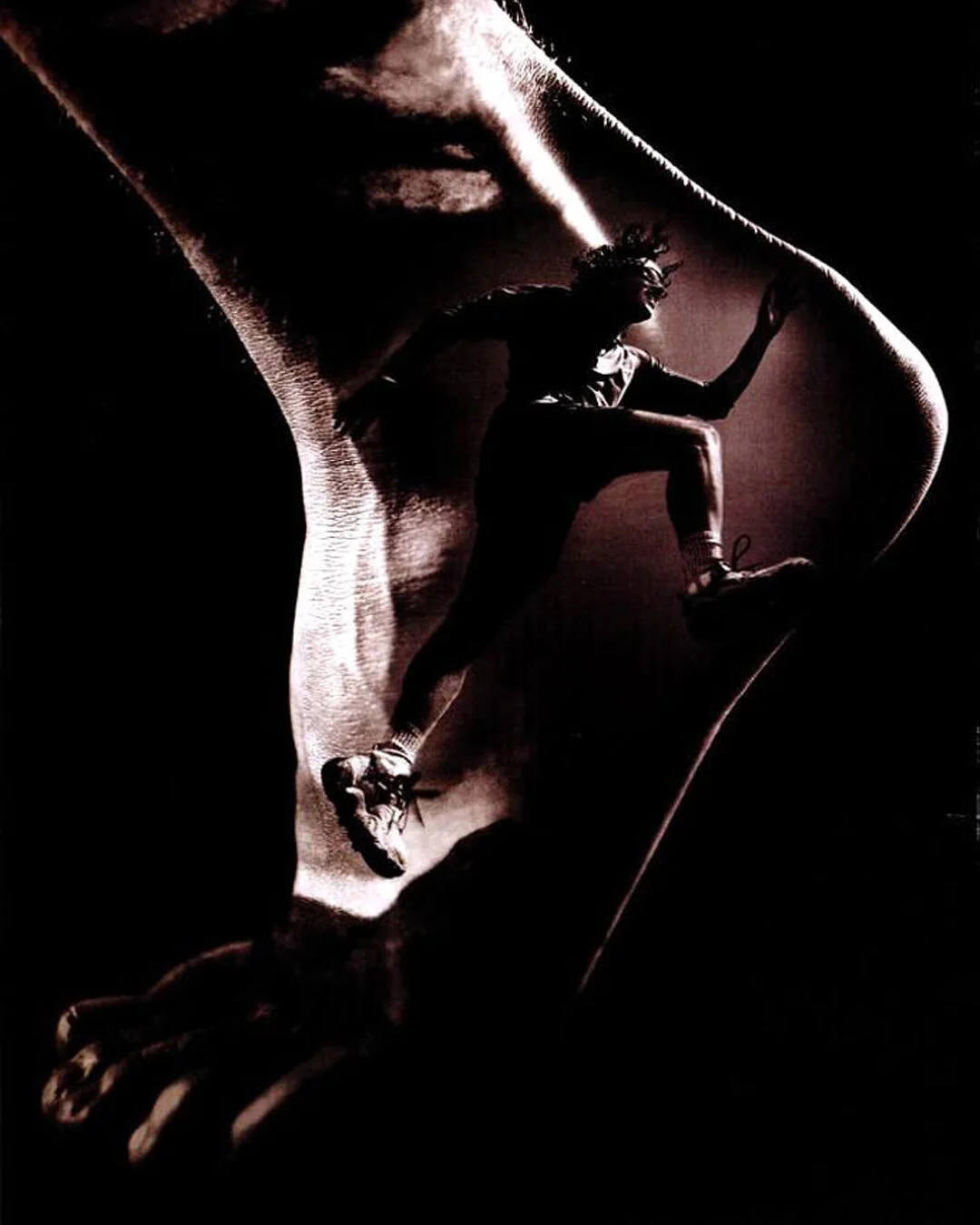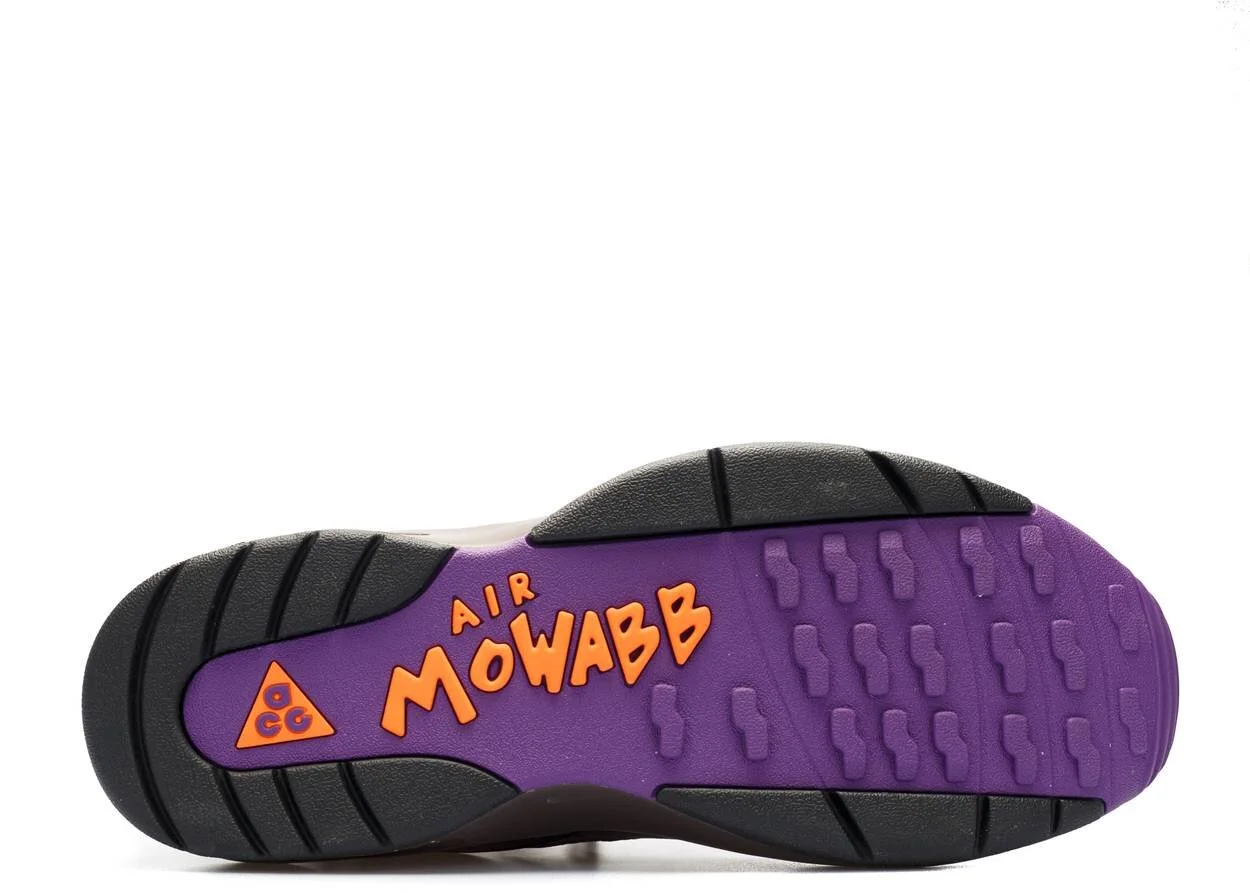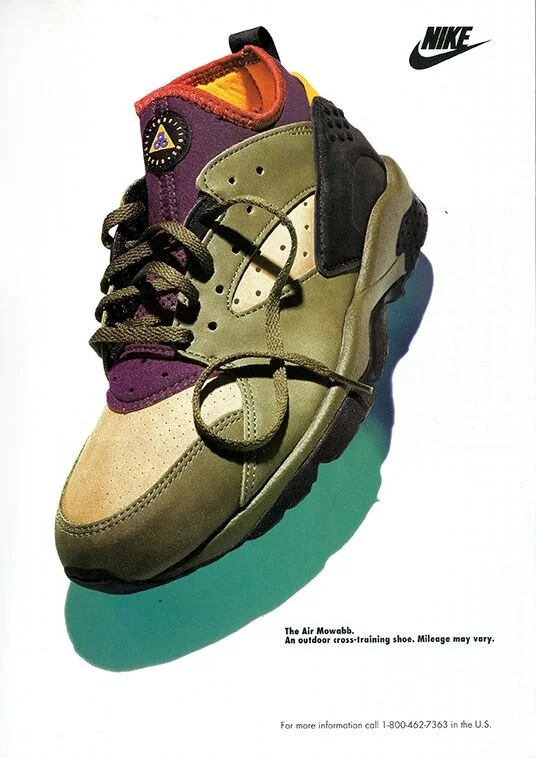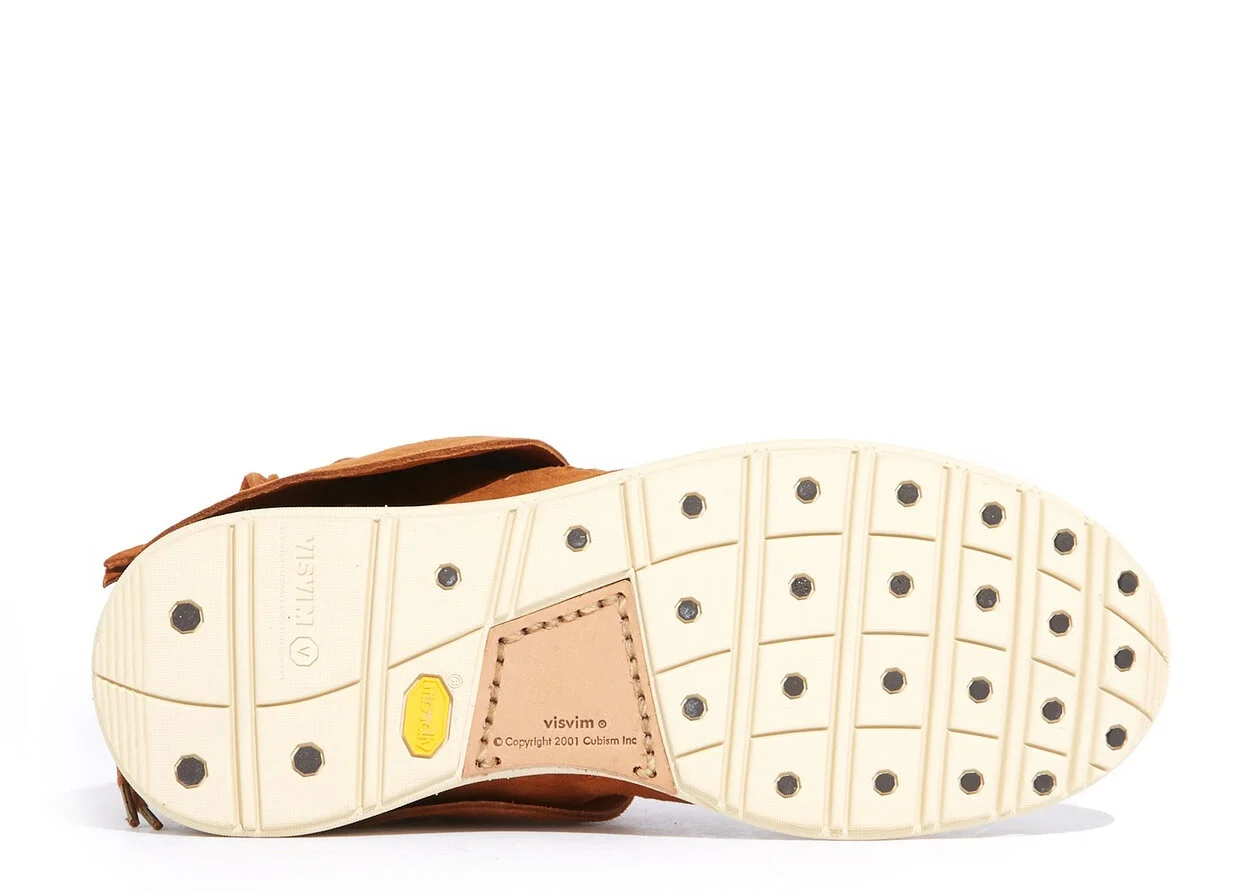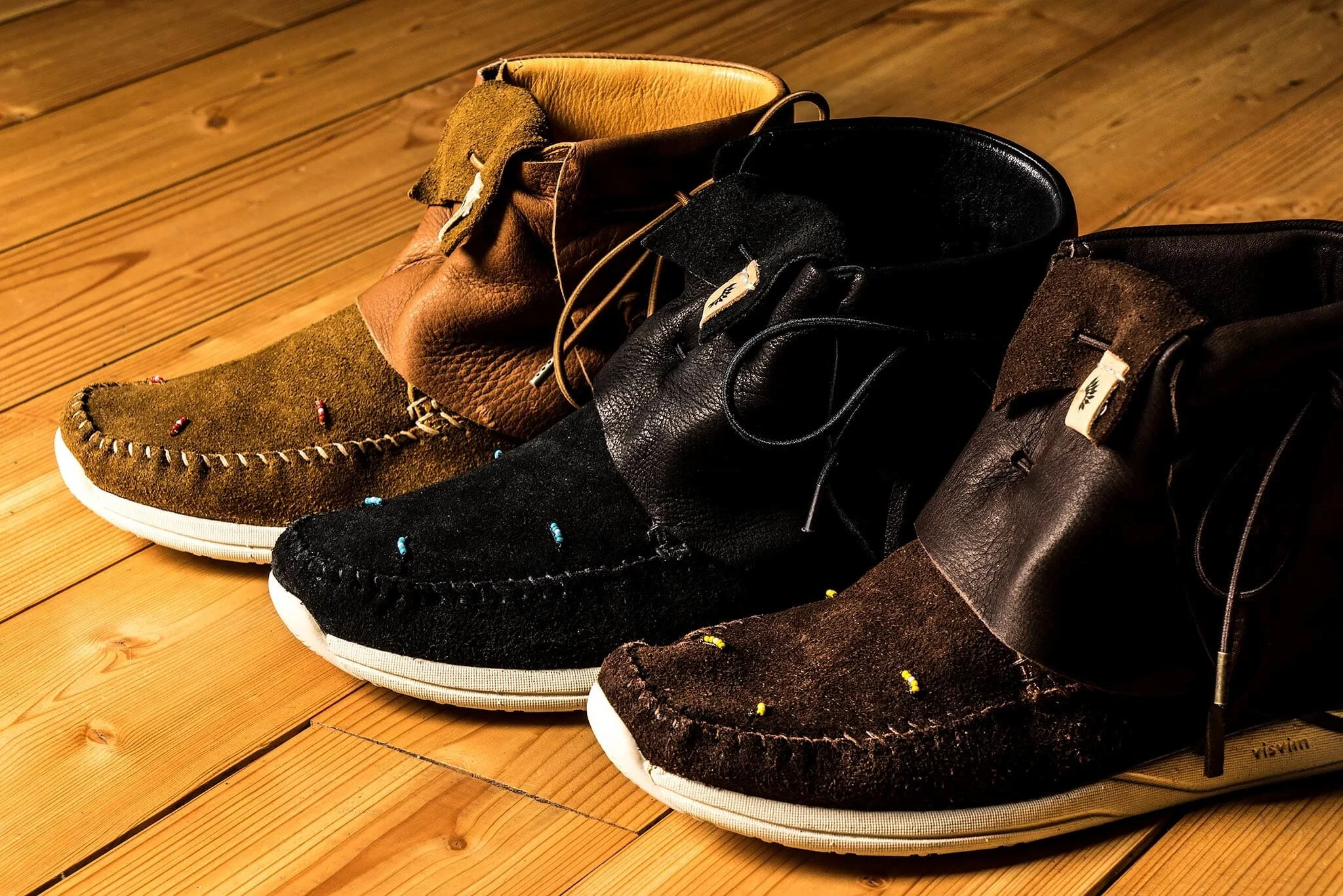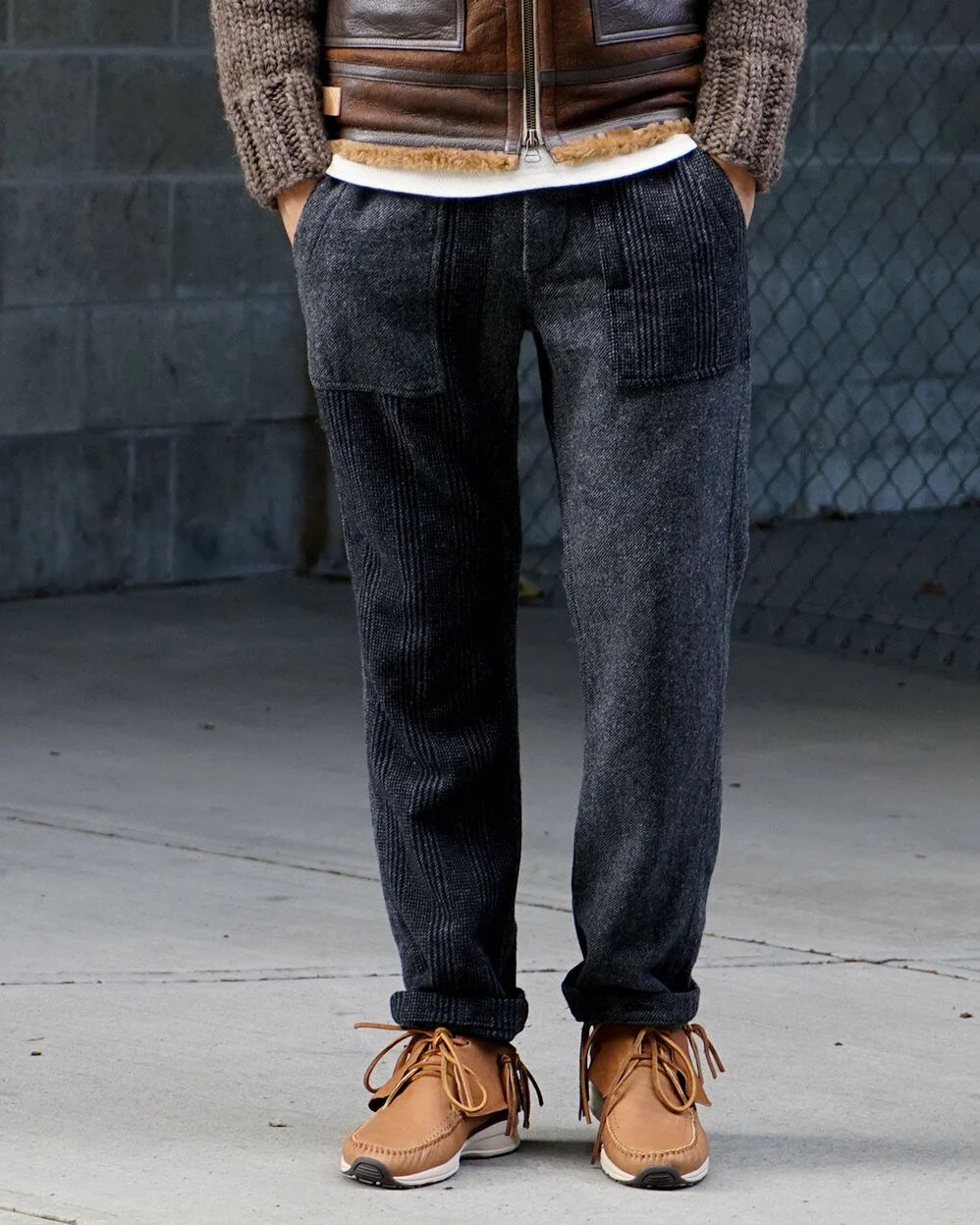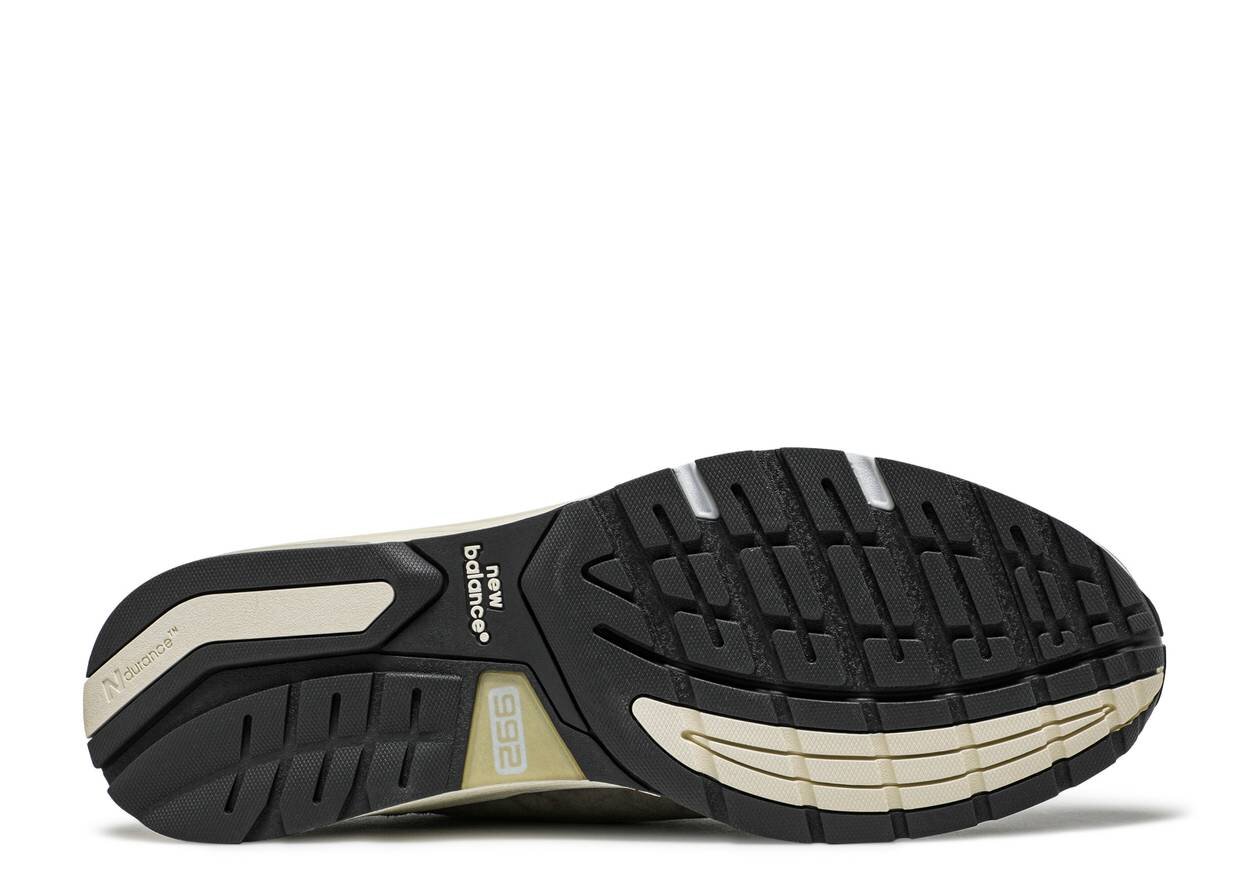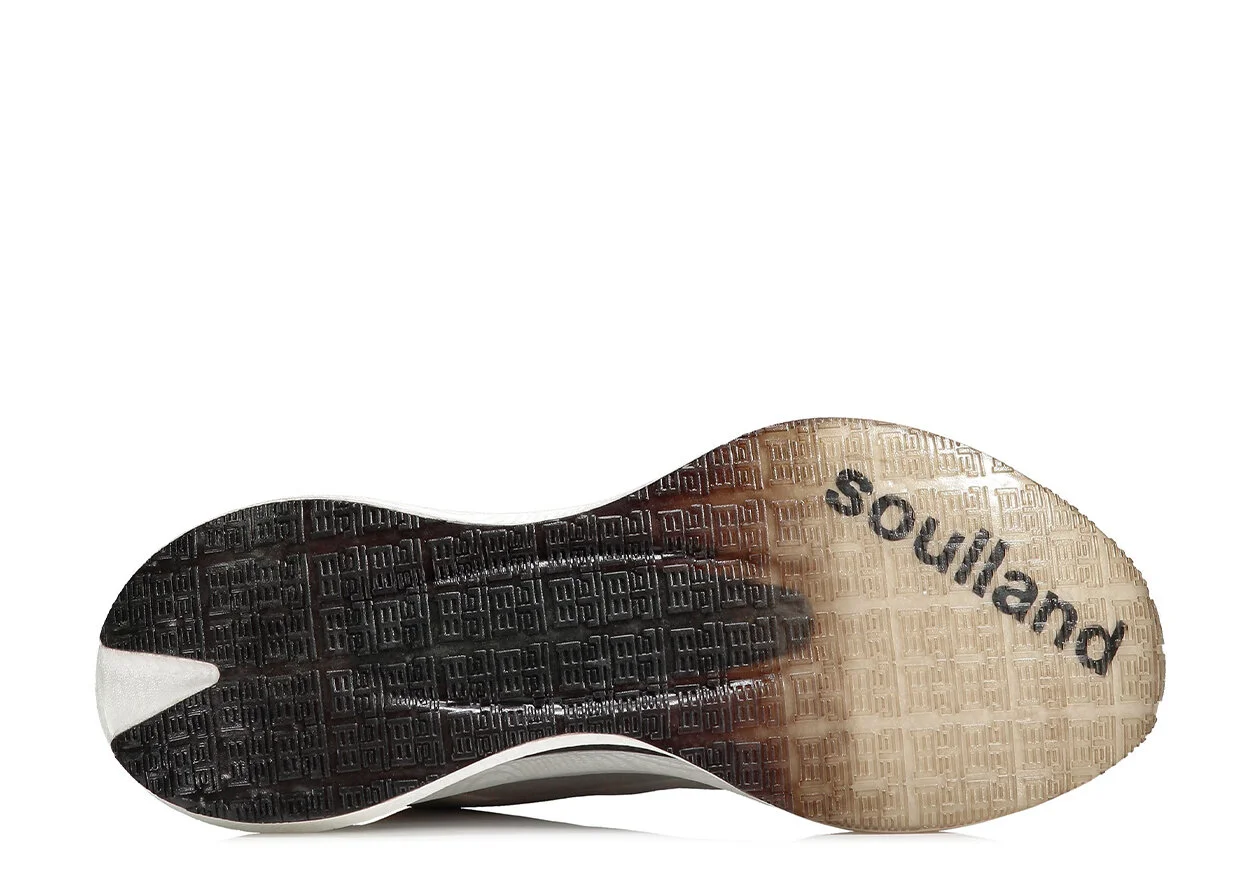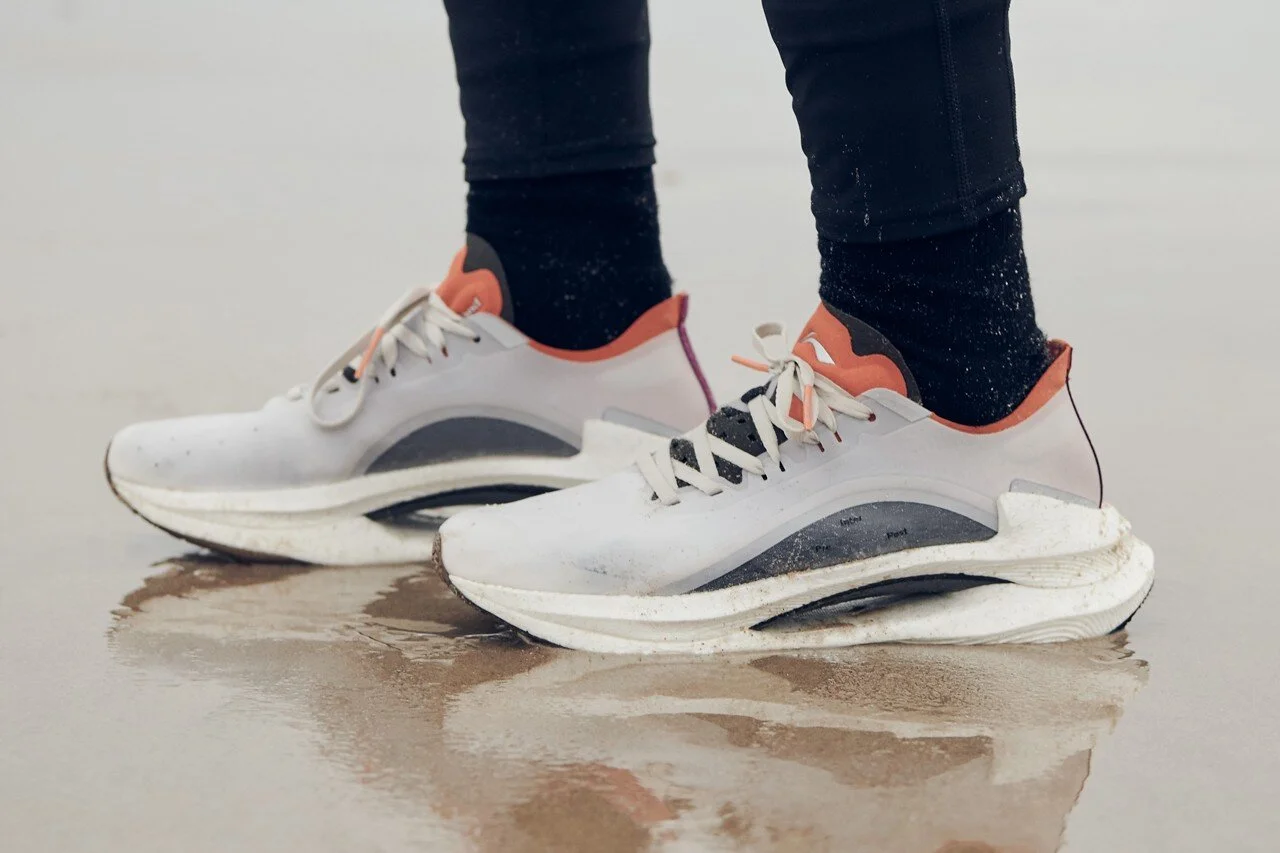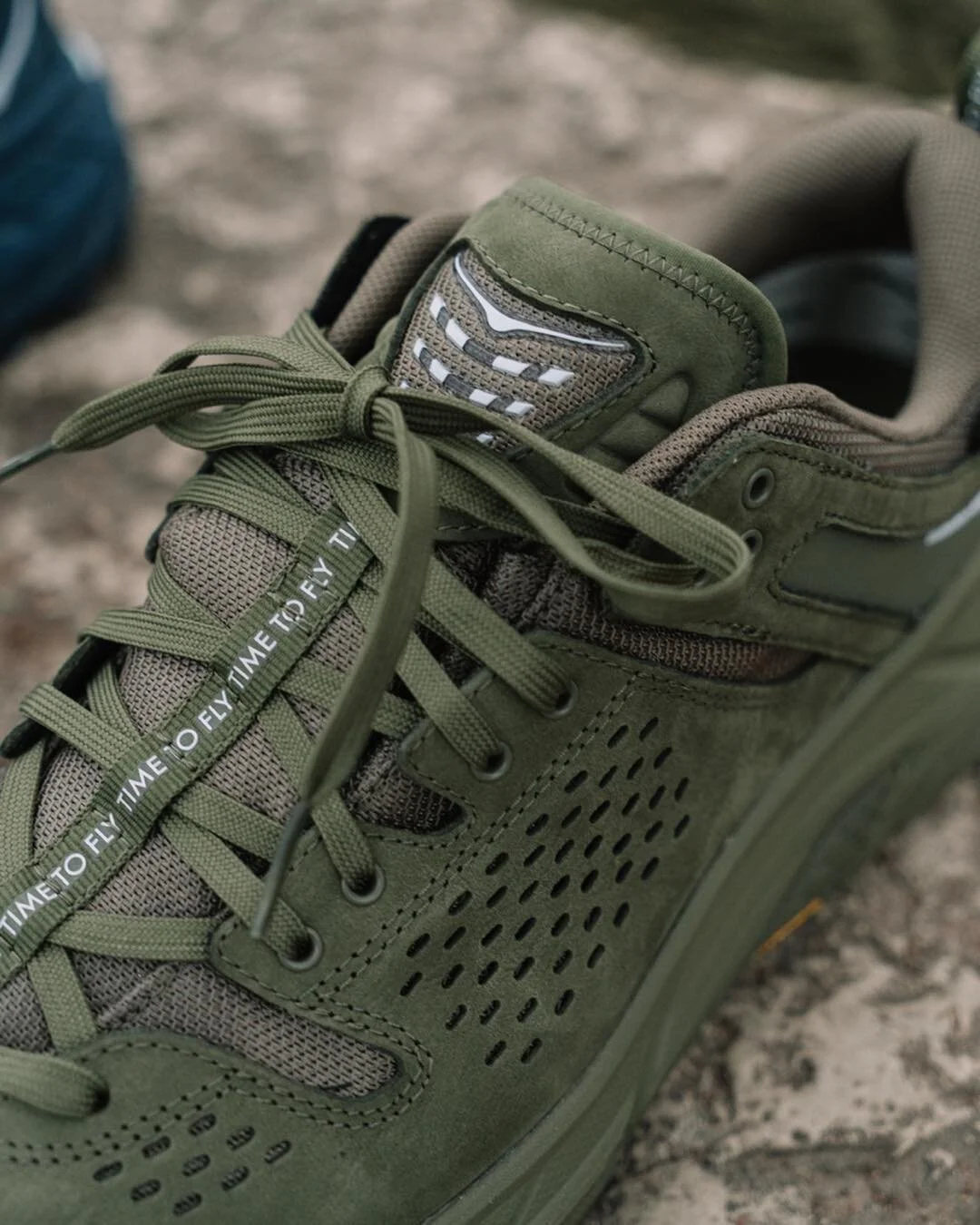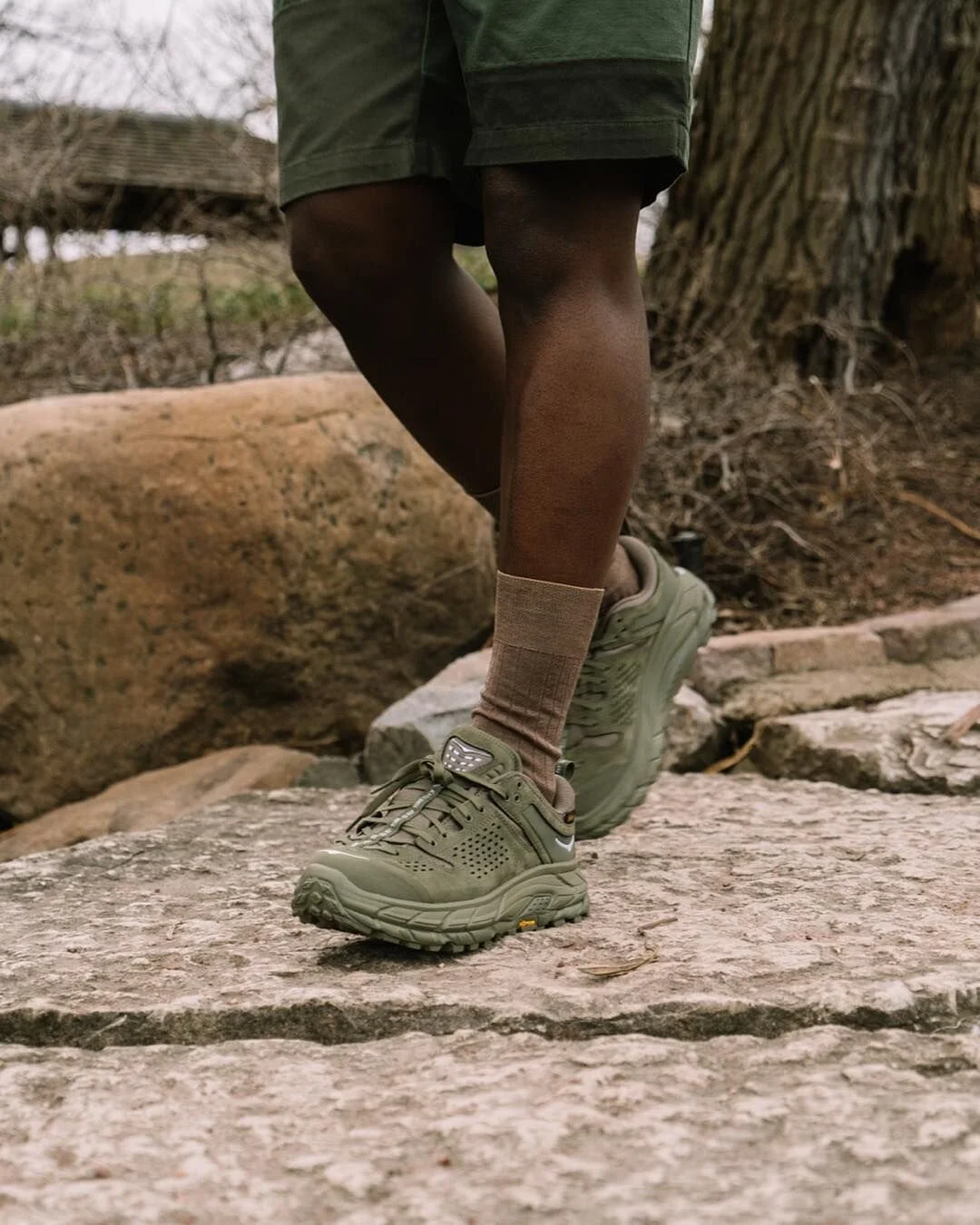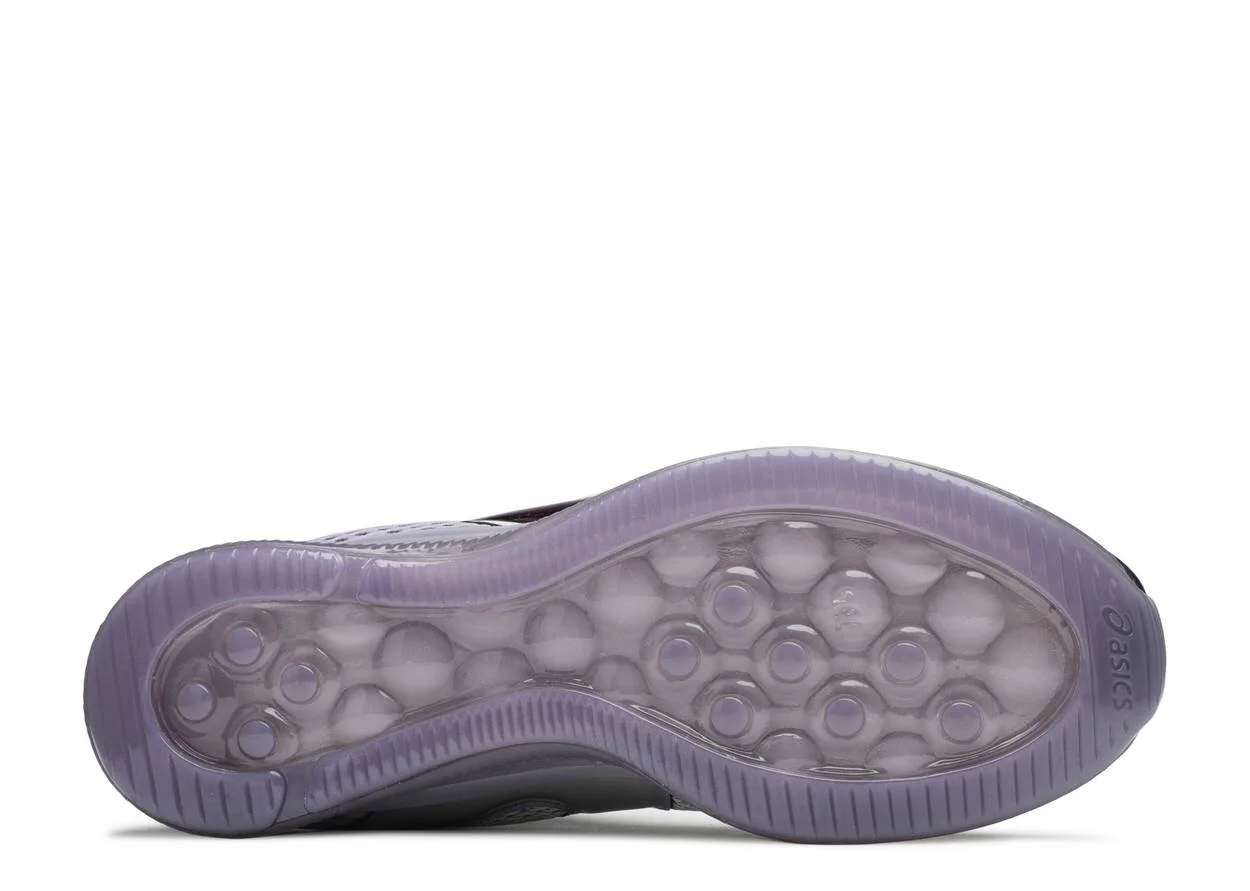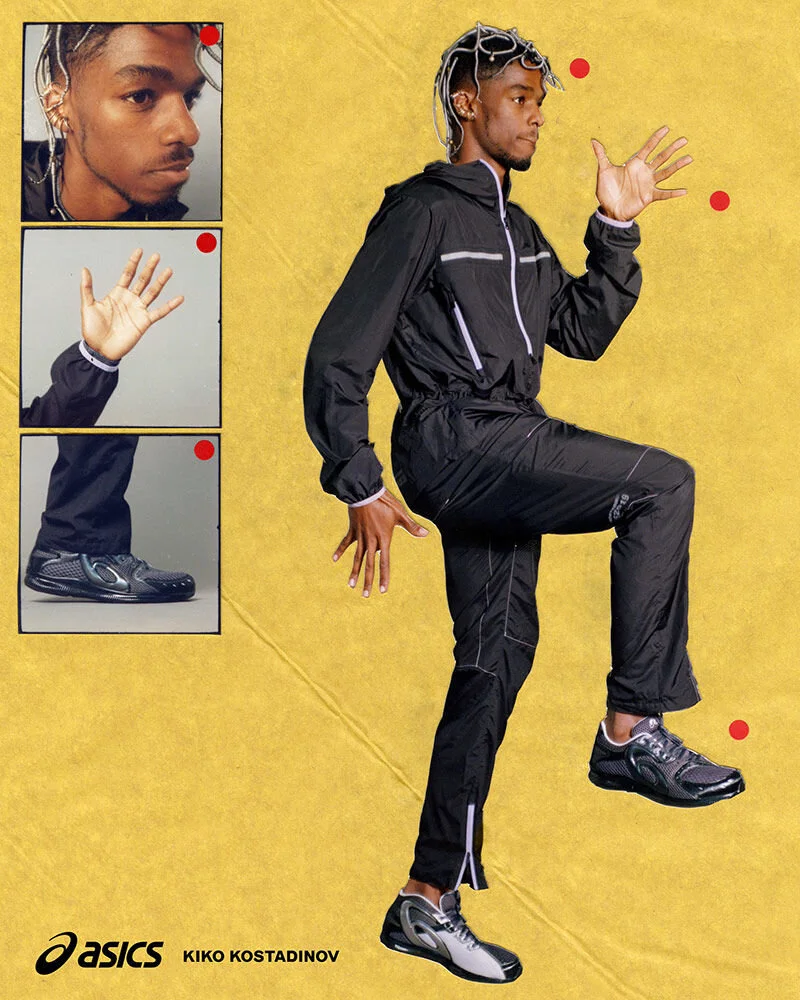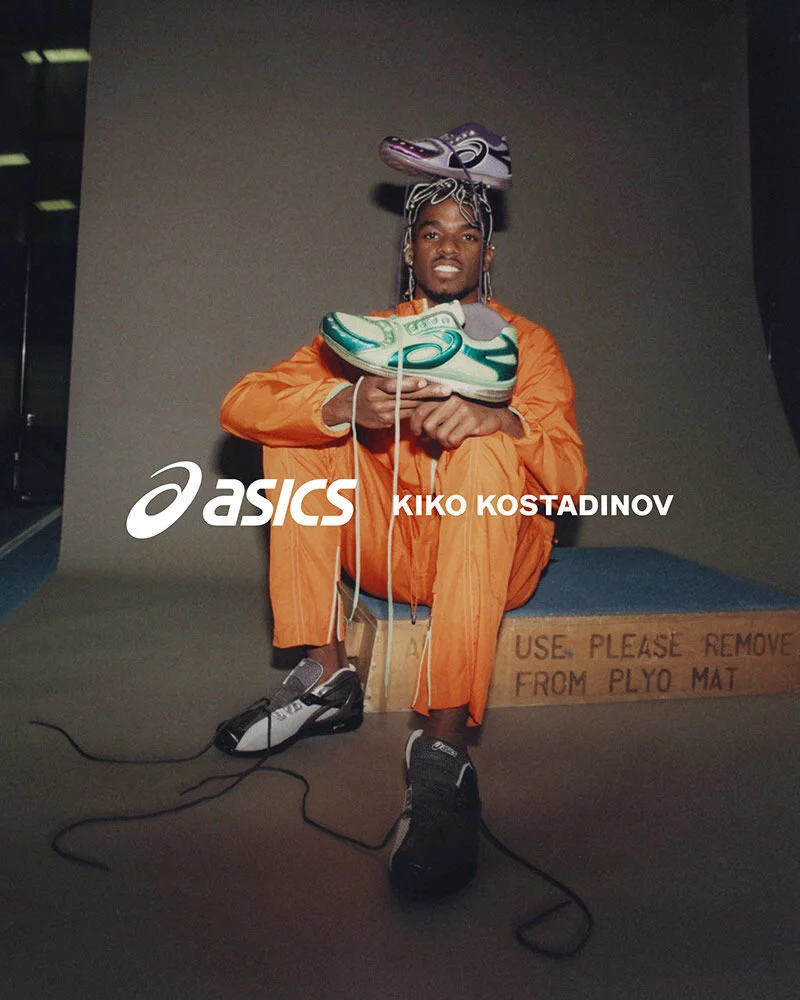Sole Systems 001: Outsoles
Twelve Inspiring Outsoles
Sole Systems is a new programme that will focus on investigating the design of sole units. The sole is responsible for grounding the structure of the shoe and connecting the wearer to the floor. There are many components and considerations that go into forming the structure of a sole.
We begin by examining twelve unique outsoles that have made their mark on the Conceptkicks team. The outsole is the section at the bottommost part of the shoe, it is a key component of the footwear development process and is often the unsung hero within the design. From Versace’s Chain Reaction to Dr Martens’ soft rubber and Brandblack’s innovative Vibram Wraptech, outsoles have appeared in various different forms and materials over the years. Whether you’re hooping on the court or hiking in the hills, the outsole will help to provide traction, stability and increased agility across a range of terrains and environments.
Most major shoe brands all have their own in-house tooling (the mould used for the sole) and technologies that utilise everything from leather and rubber to newer synthetics such as PVC, EVA and polyurethane. Differences in tread, stress points, layout and ergonomics will vary depending on the intent and function of the shoe. Over the next few articles we’ll be dissecting each of these topics in further detail, but for now here are twelve designs that have captivated us in outsole production…
Air Moc
Nike ACG
1994
Debuting in 1994 under Nike’s ACG line, the Air Moc was a frontrunner for laceless shoes that were built for more than carpets. The Solarsoft cushioning and Footscape-inspired tooling used for the rubber outsole result in a comfortable pair of sleeping bags for your feet; perfect while you lounge around the campsite. As a seminal influence in the release of later mule-esque models in the recent pandemic such as the Nike Offline, it appears the Air Moc was decades before its time.
images courtesy of Nike archive
Qasa High
Adidas Y3
2013
As one of the earliest partnerships between a major sportswear brand and a high-end fashion designer, Yohji Yamamoto’s Y-3 line pioneered the athleisure market category before it existed. In keeping with this forward-thinking philosophy, the Qasa High renewed the tubular ‘80s design from Adidas’ archive with contemporary EVA (ethylene-vinyl acetate) material, drawing aesthetically from inner tubes and tyre treads. Succeeded by a full set of Adidas Tubular products, the Qasa is an exemplary model of using progressive product to test the waters before expanding commerciality to wider audiences.
images courtesy of Adidas
Instapump Fury OG
Reebok
1994
While the Instapump Fury OG is renowned for the inflatable chambers throughout the upper, the two-section sole was equally ground-breaking at the time of initial release. As part of the Reebok Advanced Concept (RAC) team, Steven Smith - of NB 1500, Adidas Artillery, Fila Grant Hill and Yeezy 700 Wave Runner fame - used durable textured rubber separated by a carbon fibre plate to create an innovative solution and rewrite the rules for a running shoe sole.
images courtesy of Reebok
Tech Runner
Rick Owens x adidas
2014
Following on from the success of Y-3 and emerging around the same time as the Raf Simons Ozweego, Rick Owens’ partnership with Adidas had one simple purpose: to bring accessible running shoes to the cult designers’ loyal following. The split unit design is reminiscent of the aforementioned Reebok Instapump Fury sole, bringing a thick corrugated rubber to embody the gothic aesthetic of the Rick Owens line. Later Tech Runner iterations altered the sole to one complete rectangular-ended unit, but the original version remains the most memorable.
images courtesy of Tumblr
FYW XTA
Adidas
1996
The Adidas’ Feet You Wear line was a project that began back in 1996. The core principle was to enhance the organic motion of the human foot, mimicking the curves and shapes that your feet have naturally and extending this to include the shoes that you place upon them. The result was a line of shoes that epitomised the word ergonomic and stretched out from the realm of basketball to the trail by means of the XTR. Nearly a quarter of a century later, the XTA revives this model with an aggressive treaded outsole made from durable rubber, mirroring the foot’s muscular system in its panelling.
images courtesy of Adidas archive
Air Mowabb
Nike ACG
1991
A cult favourite of Nike’s ACG line, the Air Mowabb has been retro-ed several times since its initial release in 1991. Just like its namesake city of Moab in eastern Utah, the shoe is a gateway to a hikers’ paradise that could arguably be considered the first sneaker-boot to hit the mainstream. The fact that footwear pseudo-god Tinker Hatfield is the man behind the design should come as no surprise owing to the success it has had, while the sole features protruding text and ACG logo alongside the more typical treading arrangements.
images courtesy of Nike archive
FBT Lhamo Folk
Visvim
2001
Hiroki Nakamura’s visvim has set the standard for contemporary menswear since the turn of the millennium. Combining city-ready streetwear with classic Americana and Japanese tradition, the brand’s most distinctive offering is that of the FBT shoe. Named after the British ‘80s band Fun Boy Three – thanks to a nudge from Hiroshi Fujiwara – the FBT is a modern take on a Native American moccasin; it adds the durability of leather craftwork to an EVA Phylon midsole and rubber outer most commonly used on sneakers. In 2001 it was the first unique tooling for a Vibram-branded sole unit. Twenty years later the FBT is still entirely hand-made and perfectly fit for urban use.
images courtesy of Haven
Air Fear of God 1
Nike
2018
Utilising double-stacked Nike Zoom technology with a TPU (thermoplastic polyurethane) unit embedded in the heel, the Fear of God 1 is a futurist take on the visible air bag first seen in the Air Max 1. The outsole features a circular pivot point - standard within the basketball world and most famously found on the Air Force 1 – with concentric circles extending along the entire length of the shoe. The exaggerated bounce and performance is balanced with the effortless style of comfort that Fear of God are known for, an ethos that we are excited to witness continuing as Jerry Lorenzo takes up his newly-appointed position at Adidas Basketball.
images courtesy of Nike
992
New Balance
2006
The New Balance 992 is made in the USA with the brand’s Ndurance rubber compound for maximum durability. After exclusively wearing the shoe’s predecessor in public for years, Steve Jobs adopted the 992 as his footwear of choice, most notably appearing with them on his feet as he unveiled the iPhone to the world in 2007. New Balance’s 99X line of shoes are some of their best and provide the most marked examples of the everyday core outsole: simple, effective and built to last.
images courtesy of Tumblr
Shadow
Soulland x Li-Ning
2020
Off the back of a snakeskin Blazer and some of the best Nike Dunks in recent memory, Soulland enlisted Chinese sportswear giant Li-Ning for a refreshing attempt at the ultimate runner. The elliptical curvature of the midsole is centred by negative space between two foam sections that utilise Li-Ning’s Jiang and BOOM foam technologies; these are then propped up by a double carbon plated midfoot in a similar way to the Instapump Fury almost thirty years prior. The result of this elevated propulsion and increased absorption of shock is an explosive amount of energy return, all while maintaining a low risk of injury.
images courtesy of Li-Ning
Tor Ultra Low
Hoka One One
2019
Founded by former Salomon employees as a maximalist response to the stripped-back running shoes on offer from contemporary brands, Hoka One One (pronounced on-ay on-ay) bear no shame in their oversized, voluminous soles. Originally intended for trail-ultra running, the all-out cushioning is key to the functional performance that has carried the brand to the top of the industry in little more than a decade. Their ability to lend function to the form of aesthetically pleasing footwear has been enforced by their partnerships with the father of the Nepenthes family: Engineered Garments. Reworking one of Hoka’s boots into a low top trail shoe, the Tor Ultra Low employs a chunky Vibram sole with a plethora of shape arrangements; this is then finished off with a miniscule hexagon formation tread.
images courtesy of Notre
Gel Sokat Infinity
Asics x Kiko Kostadinov
2019
The Sokat was the first collaborative Kiko shoe to feature a full Gel-Quantum Infinity unit, plucked by the Central Saint Martins graduate from Asics’ extensive running sole history. While the upper draws inspiration from the Tsunahiki 109 - a model purposed for professional tug-of-war – the outsole contains multiple gel bubbles surrounded by a channel that runs around the edge of the foot, yielding a high level of comfort for the wearer. With a differing appearance to the majority of the partnership’s output, the Sokat cements Kiko as the man best suited to champion the Asics brand since Ronnie Fieg.
images courtesy of Frank Lebon
Words by Rob Hallett








